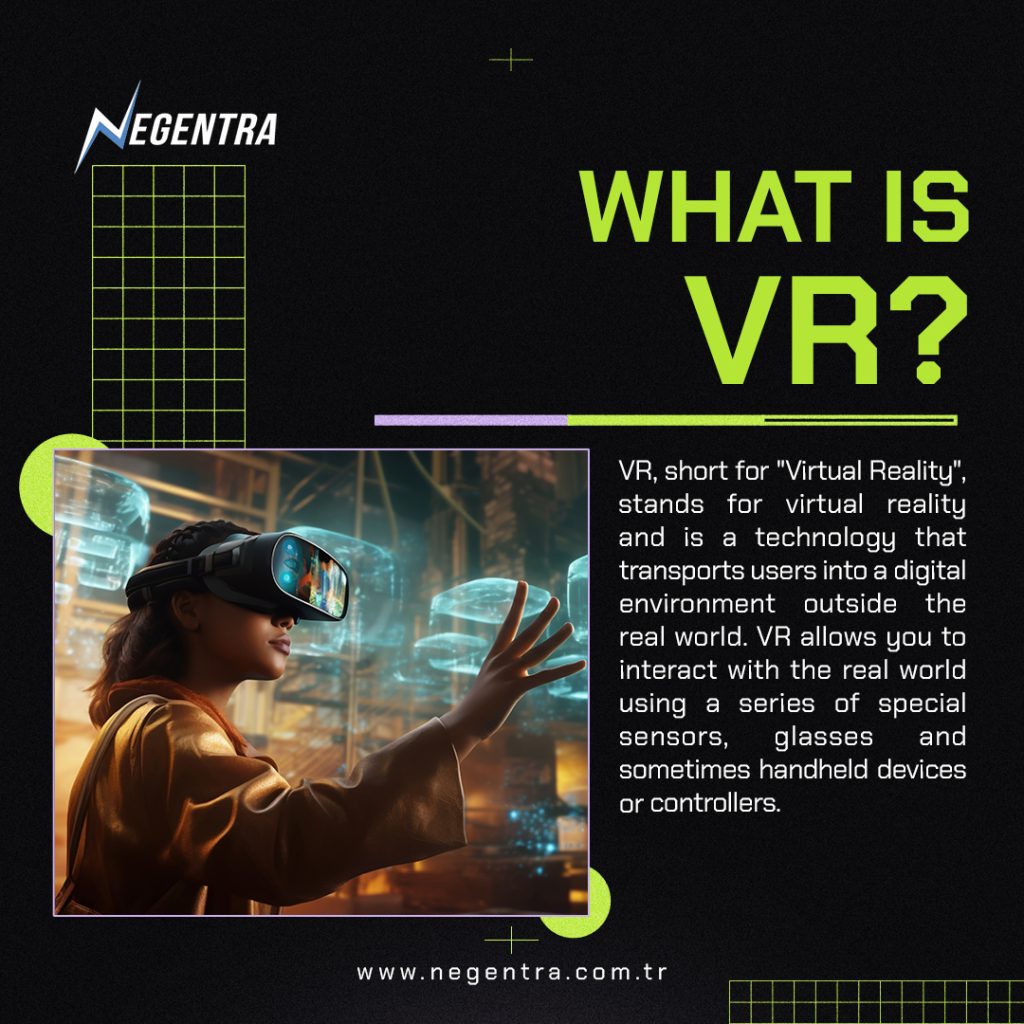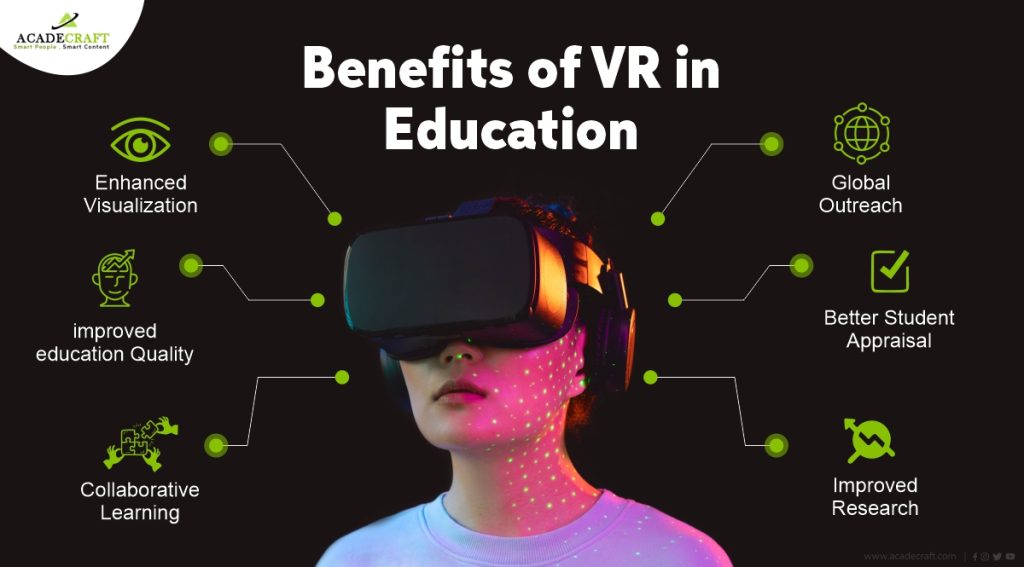Welcome to the dawn of a new era in education, where the boundaries of traditional learning are being redefined by the immersive power of virtual reality (VR). As classrooms evolve to meet the needs of a digitally native generation, educators are constantly seeking novel ways to engage students and enhance their learning experiences. At the forefront of this educational revolution stands virtual reality (VR), a technology that has transcended its gaming origins to become a powerful tool for immersive learning. By unlocking the potential of VR in the classroom, we open new frontiers of exploration, discovery, and understanding for students everywhere.
What is Virtual Reality?

Virtual reality is a computer-generated simulation of a three-dimensional environment that a person can interact with in a seemingly real or physical way using special electronic equipment, such as a headset with a screen inside or gloves fitted with sensors. This technology has long been associated with gaming and entertainment, but its applications extend far beyond the entertainment industry.
Bringing Learning to Life
One of the most compelling aspects of VR in education is its ability to transport students to places and scenarios that would otherwise be inaccessible or impractical to experience firsthand. Imagine taking a virtual field trip to explore ancient civilizations, journeying through the human body to witness biological processes up close, or even stepping onto the surface of Mars to study planetary geology. With VR, the possibilities are limitless, allowing students to engage with content in a way that sparks curiosity and encourages exploration.
READ MORE: Benefits of Technology In The Classroom
Enhancing Understanding Through Immersion
Traditional teaching methods often rely on textbooks, lectures, and two-dimensional visuals to convey information. While these approaches can be effective, they may not always fully capture students’ attention or provide a deep understanding of complex concepts. VR, on the other hand, offers an immersive learning experience that engages multiple senses and promotes active participation.
By immersing students in virtual environments, educators can create memorable and impactful learning experiences that cater to diverse learning styles. Whether it’s dissecting a virtual frog in biology class, exploring historical landmarks in social studies, or conducting virtual experiments in chemistry, VR enables students to interact with content in ways that foster deeper comprehension and retention.

Fostering Collaboration and Empathy
In addition to its instructional benefits, VR also has the potential to cultivate important social and emotional skills. Collaborative virtual environments allow students to work together on projects, solve problems, and communicate effectively, regardless of physical distance. This not only prepares them for the collaborative nature of the workforce but also fosters empathy and understanding by enabling them to see the world from different perspectives.
Overcoming Barriers to Access
While the potential of VR in education is undeniable, it’s essential to address potential barriers to access. Cost, technical expertise, and infrastructure limitations can pose challenges for schools looking to implement VR technology. However, as the technology continues to evolve and become more affordable, we can expect to see greater adoption and integration in classrooms worldwide.
Conclusion
As we navigate the rapidly changing landscape of education, it’s crucial to embrace innovative technologies that have the potential to transform teaching and learning. Virtual reality offers a unique opportunity to engage students in immersive, interactive, and meaningful experiences that can enhance their understanding and inspire a lifelong love of learning. By harnessing the power of VR, we can create classrooms where curiosity thrives, knowledge is deepened, and the boundaries of traditional education are transcended.
